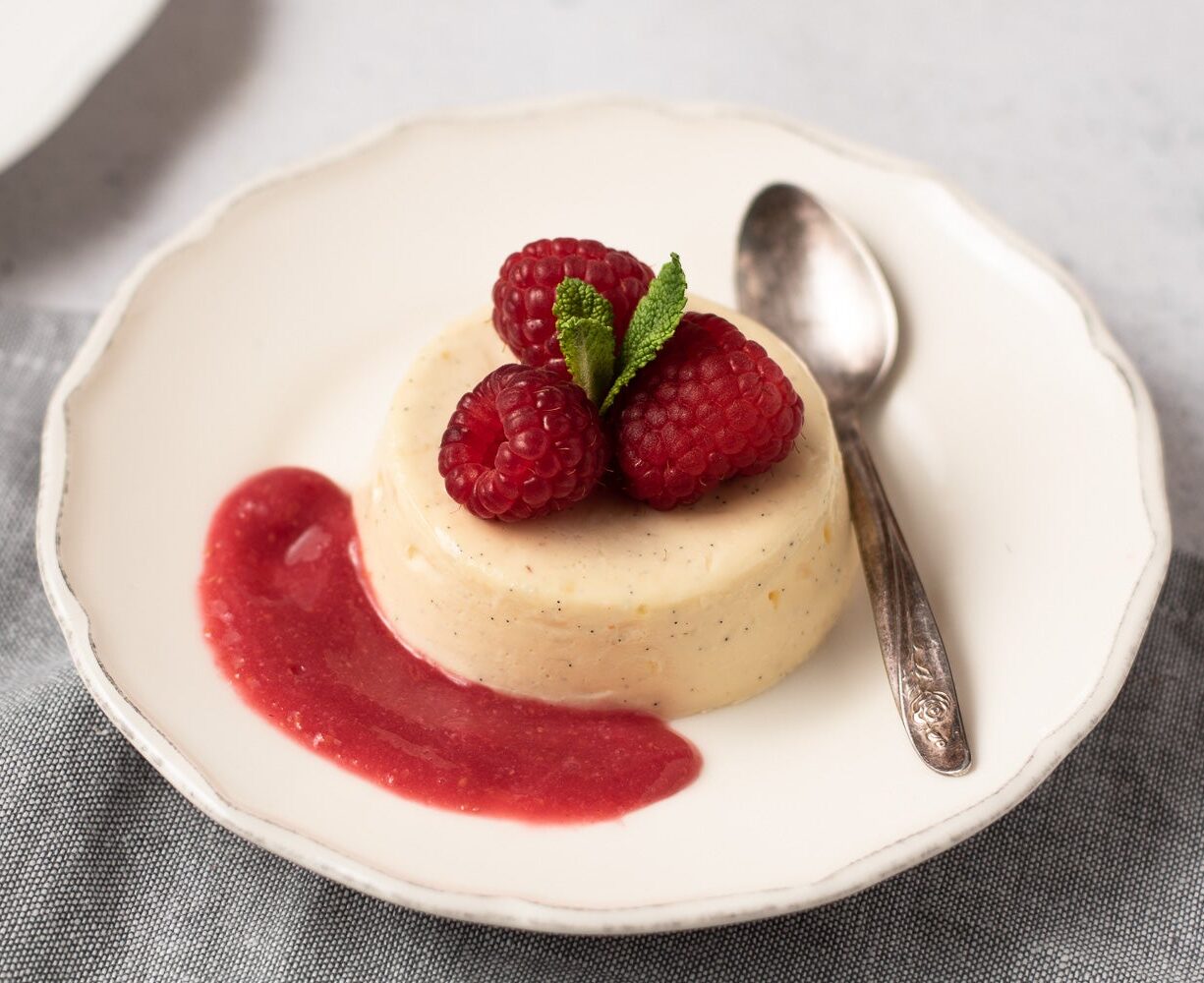Congee: A Nourishing Rice Porridge for Comfort and Healing
Introduction: Congee, also known as rice porridge or jook, is a popular and comforting dish that originated in East Asia. This simple yet nourishing porridge has been enjoyed for centuries as a staple food and is renowned for its healing properties. Congee is made by simmering rice in a generous amount of water or broth until it reaches a smooth and creamy consistency. In this article, we will explore the origins of congee, highlight its versatility, and provide you with a basic recipe to create this comforting dish in your own kitchen.
Origins and Cultural Significance: Congee has a long history and is deeply ingrained in the culinary traditions of several East Asian countries, including China, Japan, Korea, and Thailand. It is believed to have originated in China over 2,000 years ago and gradually spread to other parts of Asia.
Congee holds cultural significance beyond its role as a humble staple food. It is often associated with comfort, healing, and nourishment, making it a popular choice during times of illness or recovery. Congee is also a symbol of care and love, as it is often prepared by family members for those in need.
Versatility and Variations: One of the beauties of congee is its versatility. While the basic recipe consists of rice and water or broth, it can be customized and enhanced with a wide array of ingredients to suit individual preferences and regional variations. Some popular additions include:
- Protein: Congee can be enriched with proteins such as chicken, pork, beef, seafood, or tofu. These additions not only add flavor but also provide a hearty and satisfying element to the porridge.
- Vegetables: Various vegetables like spinach, bok choy, carrots, mushrooms, or corn can be added to the congee to provide texture, color, and added nutrients.
- Seasonings: Congee can be flavored with soy sauce, ginger, garlic, sesame oil, or various herbs and spices to enhance its taste and aroma.
- Toppings: Common toppings for congee include chopped scallions, fried shallots, cilantro, toasted peanuts, preserved radish, or a drizzle of chili oil. These toppings add a burst of flavors and textures to the porridge.
Recipe: Basic Congee
Ingredients:
- 1 cup long-grain rice (jasmine or basmati)
- 8 cups water or chicken broth (can adjust based on desired consistency)
- Salt, to taste
- Optional toppings: chopped scallions, fried shallots, cilantro, toasted peanuts, chili oil, etc.
Instructions:
- Rinse the Rice:
- Rinse the rice under cold water until the water runs clear. This helps remove excess starch from the rice.
- Cook the Congee:
- In a large pot, combine the rinsed rice and water or broth. Bring the mixture to a boil over medium-high heat.
- Once boiling, reduce the heat to low and let the rice simmer uncovered, stirring occasionally to prevent sticking.
- Simmer the rice for about 1 to 1.5 hours, or until the grains break down and the porridge reaches your desired consistency. Add more water or broth if needed during cooking.
- Season and Serve:
- Once the congee reaches the desired consistency, season with salt to taste. Adjust the seasoning as needed.
- Ladle the congee into bowls and garnish with your preferred toppings such as chopped scallions, fried shallots, cilantro, toasted peanuts, or a drizzle of chili oil.
- Serve the congee hot, savoring each comforting spoonful.
Conclusion: Congee is a versatile and nourishing dish that has provided comfort and sustenance for generations. Whether enjoyed as a simple rice porridge or embellished with various proteins, vegetables, and seasonings, congee offers a soothing and satisfying experience. By following this basic recipe and exploring different additions and variations, you can create your own customized congee and embrace the comforting and healing qualities of this beloved East Asian dish. So, next time you seek warmth, comfort, or a bowl of nourishment, turn to congee and let its simplicity and flavors envelop you. Bon appétit!





